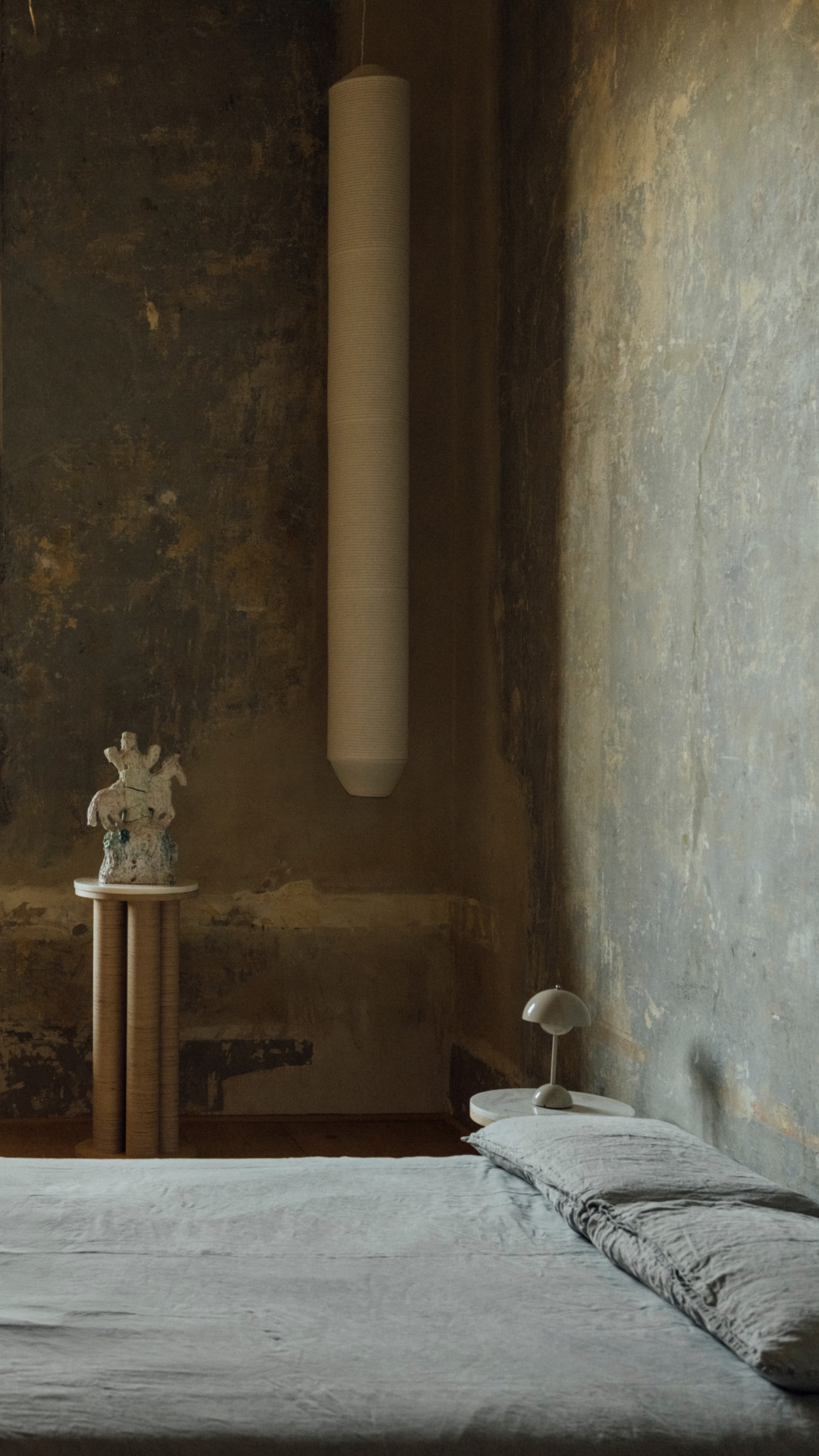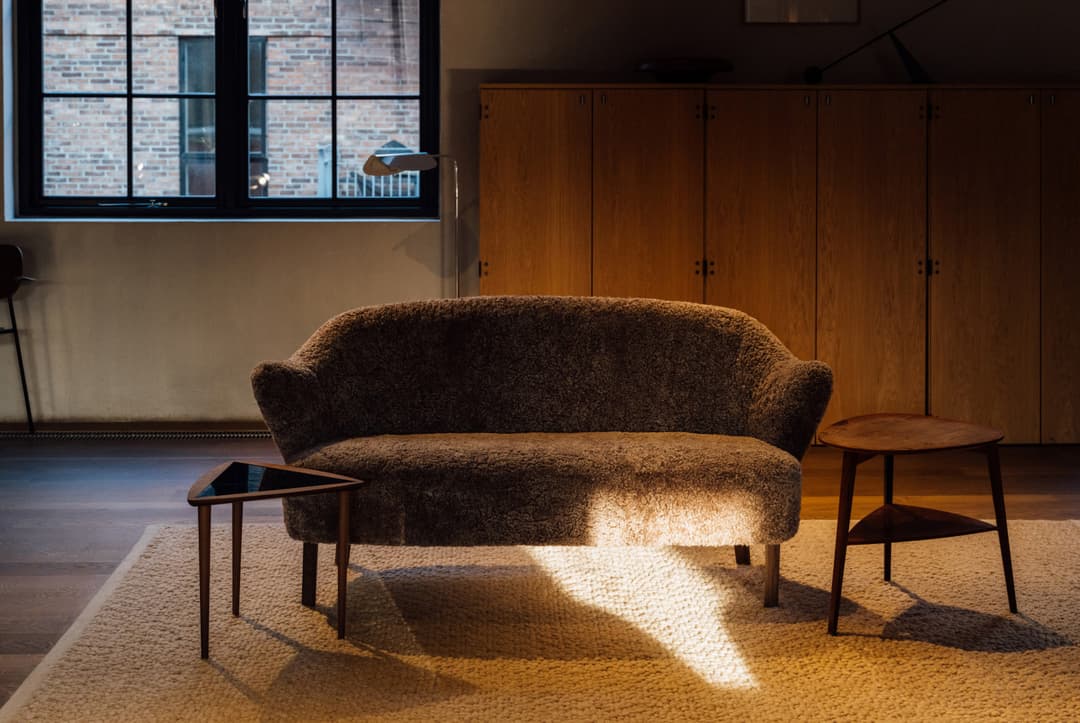
Listen
to Katherine Kennard
reading this story
Renaissance Residency
Numeroventi
The Renaissance was the dawn of cultural rebirth, and Florence is often described as its cradle. A place where the old world’s wisdom awakened anew, weaving the threads of humanism into the tapestry of thought, as minds and hearts blossomed in the golden light of discovery.




It is a legacy that becomes palpable as we walk through the narrow streets, which often open unexpectedly into expansive piazzas showcasing architectural treasures. While the meandering pathways form an instant sense of intimacy, every grand, open square fills us with wonder and carries us beyond time and place. An apparent contradiction, yet together they weave a seamless narrative that captures the soul of Florence, where warmth and grandeur coexist in harmony.


As we delve into the heart of this Tuscan city, a soothing calm envelops us, as though this place, steeped in its rich heritage, transcends the frenzy of modern life. It’s as though the city, with its timeless wisdom, has cultivated a quiet grace in the art of being. Standing here, we are reminded that the brilliance of its renowned writers, poets, artists and thinkers, and of those whose names have faded into history, unfolded in the quiet patience of time. While this legacy prompts a genuine sense of pride among Florentines, we wonder – does it also weigh upon them?




“There is a heaviness to Florence,” says Martino di Napoli Rampolla, Founder and Creative Director of the design residency Numeroventi. “There’s something stagnant, as if it lives off what was rather than what can be.” Perhaps this is why in his younger years he wanted to escape Tuscany. It wasn’t until recently that he has found endless joy in exploring the depths of its past.



Despite its soft, earthy tones, the exterior of the Palazzo Galli Tassi remains austere and imposing. This tall building, with its high windows hinting at the lofty ceilings of a bygone era, is rather unadorned. A deliberate asymmetry of the bricks, combined with a mix of arched windows and straight lines, evokes a restrained, classical character. A façade that conceals the beauty waiting to be discovered within.


“Our aim is to elevate the energy. To reshape the city’s heaviness into a lightness that inspires, where new possibilities gracefully emerge.”
At Numeroventi, everyone seems deeply attuned to the place, yet they infuse it with fresh spirit. Martino speaks with great admiration for his team: “I trust them fully, and they do an incredible job,” he says with genuine enthusiasm. While he is mostly soft-spoken and deliberate in his way of communicating, he surprises us at times with outbursts of joyfulness, a hidden facet of his otherwise reserved character.




Trust and transparency are, in his eyes, the foundation of their collaboration. Their vision is collective – Martino is the founder and principal ambassador of Numeroventi, but, in the spirit of the master artists of the past, any ambitious dream is woven by many hands. Unlike those masters, however, there is little sense of hierarchy here.
LIFELONG ROMANCE
The inner courtyard, bathed in soft daylight filtering from above, is where new encounters begin and farewells are made. While standing here, our eyes are inevitably drawn to the shadowed entrance with its towering doorway and we imagine a time when carriages would have elegantly swept through.


As we ascend the magnificent stairs leading to the lofts with Martino, we can’t help but contemplate the countless footsteps that have echoed over the centuries. How did they perceive these spaces? Did they share this same sense of vastness, or was it simply ordinary to them? Did they, too, feel the awe and wonder that fills us now? Surely recent visitors must have. But for those who stay longer, who make this place their own, the marvel fades as familiarity grows and the extraordinary becomes everyday.


The grandeur of the ground floor feels like a distant memory as we step into this intimate space, rich with a raw beauty. We enter a realm of darker tones, warmth and simplicity. The few objects present complement the space, enhancing rather than overshadowing it. We follow Martino to the living area and gather by a round table, our eyes and senses absorbing the atmosphere. The walls bear the traces of time – chipped, yes, but without feeling broken. Frescos subtly emerge in the gentle light: seeing what time has preserved of what once was feels deeply precious. We take a moment to simply be in this space, embracing its stillness and honouring its quiet beauty.
“What once pushed me away from Florence, now draws me in. A dance of contrasts, slowly unfolding into a lifelong romance.”
Martino’s early exposure to the Tuscan aesthetic shaped his vision of beauty, harmony, elegance and art – just as his impeccable manners enhance his innate attention and care for those around him. His upbringing, along with the many lives he has lived in different places, has finely attuned him to the world around him. Simple gestures of care, like quietly refilling our glasses before quenching his own thirst, sharing with joy the things he believes might bring us happiness, and giving his undivided attention to every conversation, no matter who is speaking. It’s the small details that create a lasting impression, and they are countless.



After studying design in Barcelona, Martino worked as a graphic designer in Ghent, Belgium. He now curates art encounters in Florence and replenishes his body and soul for four months each year in a small village in the state of Bahia, Brazil – a place he discovered in 2021 and soon came to see as his true home. He remembers his time in Ghent fondly: “I found my value in my work,” he says. For the first time, he knew what he was capable of: the outcome was immediate and real, and the awards he won with the agency he worked for were testament to his abilities.
MINIMALISM WITH CHARACTER
As we stand in Loft 10 on the third floor and ask Martino about his memories of the place, he recalls 2017, when the apartment had just become available. He had come by with a friend and two pizzas in a box, only to find that the previous tenants had taken out the chiminea before leaving. “Not uncommon in Florence,” he notes casually. To remain true to the building’s history, the chiminea was not replaced, leaving the wall as a poignant reminder of what once was and no longer is – adding to the raw beauty of this space without diminishing its subtlety. It has been restored, yet it carries the marks of time. Martino is very fond of this look. To polish something and restore it to how it appeared when it was made would deny the time that has passed. And why would someone want that?



When the history, the frame of a building, its walls and its essence can tell tales of different times, how can you find the right pieces to complement them? Martino’s approach has been very selective and intuitive. He is not an interior designer by training. He needs to see, sense, feel. What feels right, stays. What doesn’t is replaced. Opened in 2016, Numeroventi has the spirit of an old soul, and yet it is still in evolution. Soft tones. Simple things. Important pieces. Many beautiful books. Design objects we recognise and unknown ones that add an almost vintage feel to a place that, like Martino, has lived many lives.




ARTISTIC ENCOUNTERS
Among the rooms where design aficionados and creatives can stay, think, work, write, share a meal and collaborate, there is an exhibition room that opens its doors frequently and engages with Florentine society.
“There are so many capable artisans in our surroundings, and so many more we have yet to discover.”
A vision, both inspired and grounded, emerges from Numeroventi. With global ambition and yet profoundly rooted in Tuscany. Depending on the nature of their craft, some local artisans may initially hesitate when approached. But once Martino wins them over with his Tuscan charm, they begin to see what he sees, and the results invariably fill them with pride. After all, it’s not every day that their work is transformed into pieces of art.



HIDEAWAY PLACES
The gleam of perfectly restored buildings and churches is artfully balanced by the character of homes, cafés and places that bear the marks of time. Though less polished, they are just as thoughtfully curated. The earthy and peachy tones, the warm greys and the soft pastels that grace the building exteriors enhance the pervading sense of harmony. Martino reveals that this palette isn’t just a testament to the Tuscan eye for beauty, but is carefully regulated to preserve the city’s historic and architectural inheritance. Nothing in Florence appears accidental or out of place, yet it never feels contrived. There is a natural ease to its elegance.








As we return and settle in the quietness of our loft, we feel as if Florence’s busy streets – and the whole world really – are held at bay the moment we step within these walls. There is a peacefulness to this place of creation and being. It blends disciplines and yet remains true to its soul. It instils creativity in those who seek inspiration and adds serenity to those who need space to be. Through its layered legacy, a simple place that centres us emerges, transcending our expectations of what it could be or what we wished it to be.


